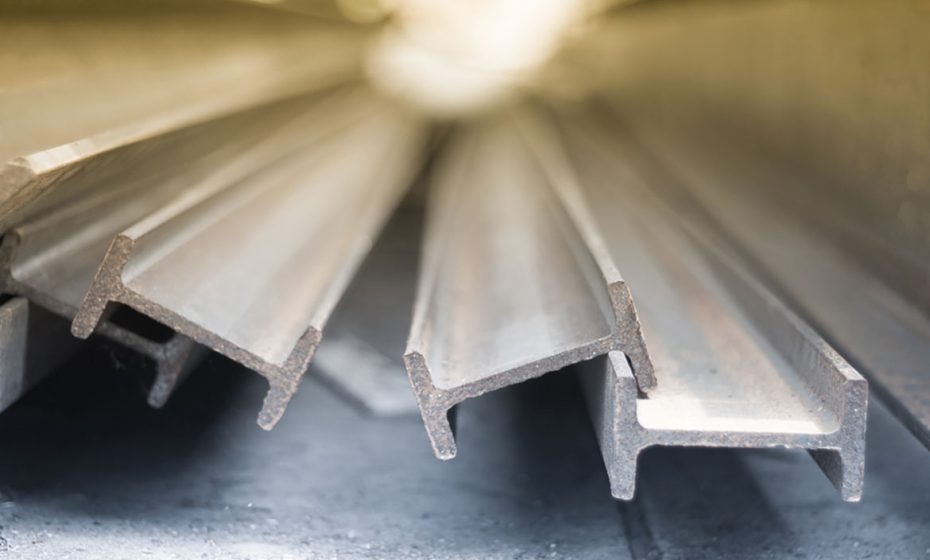
Steel is among the heaviest materials on the planet. Manufacturers and fabricators should consider a wide range of options when shipping their products to make sure these items arrive at their destination on time and intact. Steel can take many forms, from large sheets, thin rods and joints to tiny screws and bolts. Choosing the right shipping method all depends on where and how far the shipment is going, the intended use of the product and the needs of the end user.
Use this guide to learn about the best practices for shipping steel:
Choosing a Method
Before you ship off your first batch of raw steel or steel products, you should review your options. Most companies choose to ship their steel using one or more of the following items:
- Cardboard Boxes
- EPE (Expanded Polyethylene) Foam
- Customized EPS (Expanded Polystyrene) Foam
- Wooden Crates
- Molded Paper Pulp
- Bubble Wrap
- Metal Containers
The container should protect your product in every situation. Some of these containers and materials are lighter than others, which can help you save on shipping costs, but they aren’t as durable or reliable as those made of steel and wood.
You’ll Need a Collapsible Bulk Container for Your AS/RS Warehouse
It’s always best to utilize reusable shipping containers, so you don’t have to keep ordering new materials. You can quickly put these containers back into rotation once they return to the facility.
You may decide to design custom packages, but this requires lead time. Foam and paper pulp inserts will fit the exact dimensions of your steel products, but you will need to create new packages for every different type of product.
Like most metals, steel is vulnerable to oxidation. A chemical reaction will occur when these materials are exposed to air and atmospheric moisture. When steel oxidizes, it forms a passive film of chromium oxide that prevents further oxidation, or rust. That’s why it’s important to keep your products sealed during transit. Limit their exposure to the elements to prevent rust.

Factors to Consider:
- Distance
Consider how far your products will be traveling before placing them in a container. When shipping across long distances, use heat treated wooden crates that adhere to the exact size and shape of your products. You can easily design and manufacture a custom crate if you need to shape a large or oddly shaped piece of steel. Wood provides protection from the elements without needlessly weighing down your products. Look for heat treated containers that will move through customs.
- The End User
Consider the needs of the end user when packaging your inventory. The container should give them fast access to your products without putting them at risk. For example, nothing should fall or slide out of the container when they first open it. Your materials shouldn’t move until the user is ready to retrieve them.
- Shipping Costs
Several factors will affect your shipping costs, including the weight and size of your package, the destination and the mode of transportation. Steel is extremely heavy, so it’s usually shipped via train, truck or ship. Try to keep the costs as low as possible to increase your bottom line without sacrificing the integrity of your products.
- Intended Use
Think about how the user will ultimately use your products. Are they feeding the raw steel into a machine or are they adding the finished component to their product? Make it easy for your customers to retrieve the contents of the package, so they can start using your products as fast as possible.
Use industrial wire baskets to keep your products visible during transit. Your workers and customers can quickly verify the contents for better quality assurance.
Order Your Industrial Wire Baskets Today!

Consider automating certain aspects of the shipping process. You can use the latest technology to automatically package and label your products before sending them out for delivery. This reduces the chances of common errors that can put your products at risk. Learn more about the benefits of using an automated warehouse system.
Regardless of how you choose to ship your steel products, you should use a warehouse management system to monitor your inventory and track your packages as they reach their destination. The WMS will keep you abreast of the situation at all times, so you can share this information with your customers and business partners. Use the system to make changes to your operations in real-time. You can redirect packages based on the fastest route to save money and reduce the chances of wear and tear.
Shipping steel isn’t easy, but you can use these tips to save money every step of the way.
Image Credits:
MT manta/Shutterstock.com
Mr. Kosal/Shutterstock.com
gyn9037/Shutterstock.com
